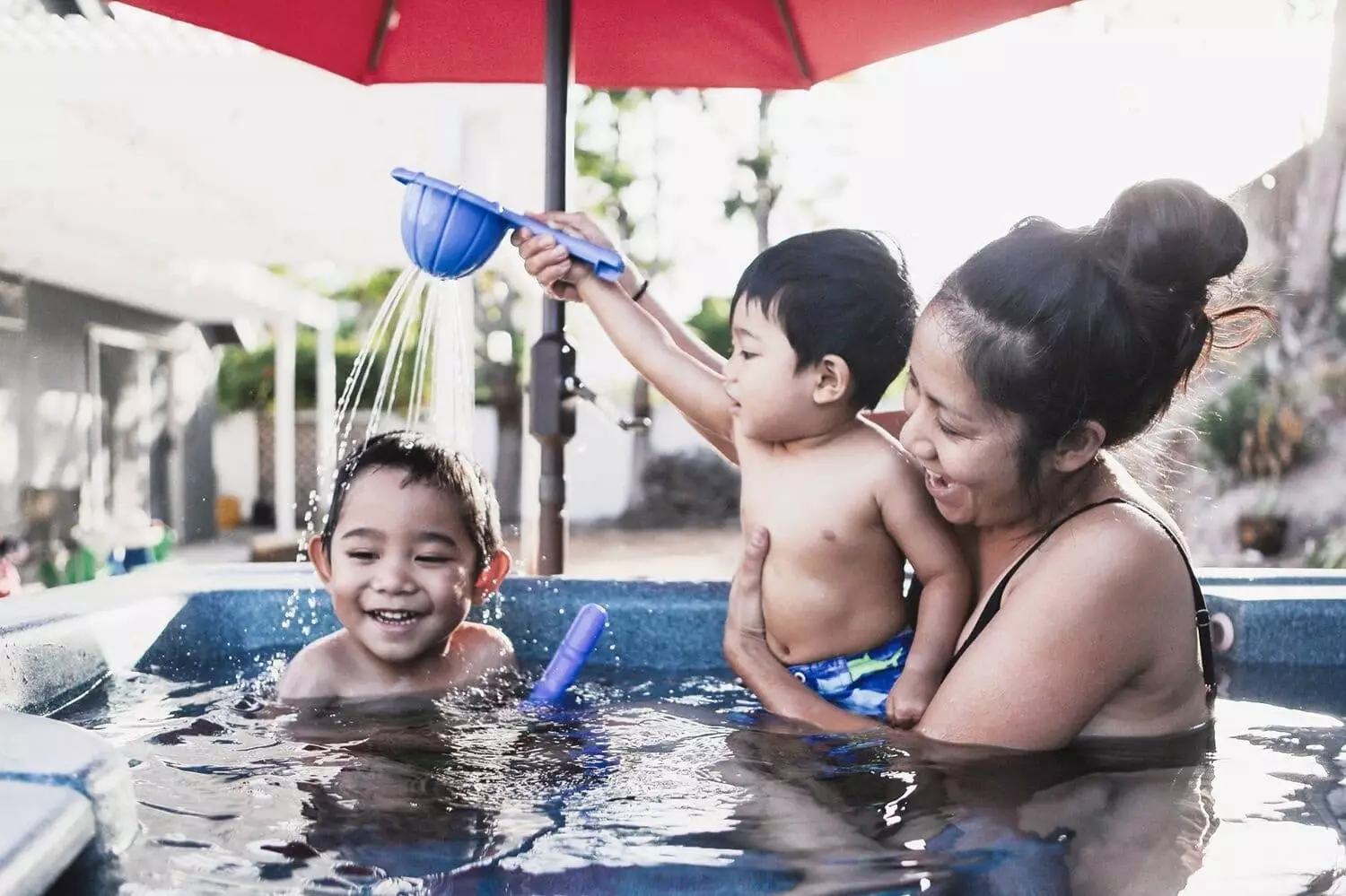Summer has a unique charm that resonates deeply with many of us. The lush backdrop of blooming flowers, the delightful smell of barbecues wafting through the air, and the refreshing splash of water on a sweltering day create an experience synonymous with freedom and recreation. As children, many of us eagerly awaited summer vacation, a reprieve from the confines of structured school life. Days were filled with innocent adventures, whether it was gallivanting at the local pool, embarking on flashlight tag escapades, or exploring the neighborhood on a beloved bicycle. These memories encapsulate the beauty of unstructured time—a magical season where creativity flows and the weight of responsibility is temporarily lifted.
However, as adulthood shapes our lives, the perception of summer can transform dramatically, especially for parents. Transitioning from carefree days to the structured demands of parenting introduces a newfound sense of worry. As my daughter’s preschool year draws to a close, I find myself wrestling with the question: “How will I keep us engaged all summer long?” As a stay-at-home mother, the freedom to navigate our time feels daunting, especially after months of structured routines dictated by her preschool schedule. The thought of an open summer calendar invokes a sense of panic rather than excitement. Thus begins my journey toward finding a balance between spontaneity and structure.
In light of my apprehensions, I took proactive measures to ensure our summer would be fun yet manageable. I devised a daily schedule that delineated our activities, assigning designated times for everything from independent play to family bonding. This meticulous planning—some might call it excessive—offered a sense of reassurance. The act of writing down our agenda symbolized my commitment to providing a fun and engaging summer for my children. However, this undertaking revealed an ironic truth: in the pursuit of providing structure, there was also a potential risk of stifling the very joy I sought to cultivate. Could my meticulous planning hinder the spontaneity that defined the carefree summers of my youth?
The realization dawned on me that while my children thrive on routine, they also require moments of spontaneity. My daughter frequently inquires, “What are we doing tomorrow?” not merely out of a need for control, but from a desire to delve into the excitement of anticipation. With this understanding, I became more acutely aware that although humans are indeed creatures of habit, we also cherish unexpected moments of joy. Herein lies the conundrum: how do we maintain an environment of predictability while also inviting spontaneity?
Caring for young children in today’s frenetic world requires balancing not just structure but also a willingness to embrace unpredictability. As adults, we often burden ourselves with rosters of responsibilities, leaving little room for pause. Yet, there is profound value in allowing quiet moments of nothingness—those refreshing opportunities to simply exist, free from obligations. I am reminded that these unplanned moments could potentially yield some of the most cherished experiences for my children. If, on a sultry evening, they want to indulge in a water fight until sundown, why shouldn’t we embrace that exhilarating chaos?
Throughout my parenting journey, I have learned that rigid plans often invite frustration rather than fulfillment. For every meticulously curated summer schedule, life is likely to present unexpected twists and turns. Flexibility has become essential. The fulfillment I once derived from scheduling now intertwines with my desire to enable my children to explore freely, transcending the conventional boundaries of organized life. By allowing room for spontaneity, I foster a culture where exploration and imaginative play can flourish alongside essential routines.
In essence, crafting the perfect summer is less about optimizing plans and more about nurturing an environment filled with joy, harkening back to the simple pleasures of childhood. The duality of structure and freedom can harmoniously coexist, paving the way for memorable experiences. My renewed mantra for summer revolves around planning with intention, but remaining open to spontaneity—a balance that celebrates both organization and the delightful unpredictability that summer naturally offers. If we, as adults, embrace this blend of rigidity and freedom, perhaps we can rediscover the magic of summer, not only for ourselves but for our children as well.

